Recently, CCTV news exposed the news that some “pure cotton socks” caused cancer and exceeded the standard of dyes in the sales promotion of some e-commerce platforms and live broadcasting platforms, which attracted extensive attention of the network and production enterprises, and there were a series of chain reactions.
According to the authoritative test results, it is found that in this kind of propaganda “pure cotton socks” goods, not only the cotton content is seriously insufficient, the fiber content is unqualified, but also some dye carcinogens are seriously exceeding the standard.
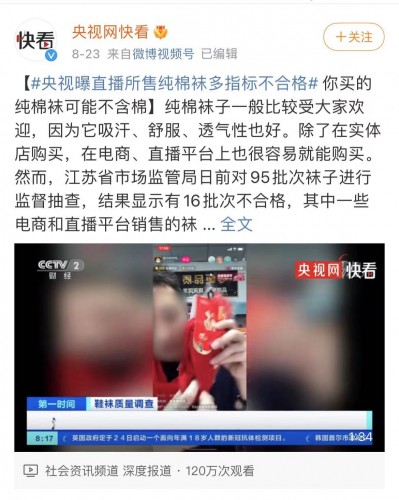
In the public perception, pure cotton socks are not only sweat absorbing, breathable and soft, but also easy to clean and not easy to pilling. Therefore, many consumers unconsciously believe that only “pure cotton socks” are the best, and when buying socks, they will pay attention to the word “pure cotton”.
In fact, the elasticity of natural cotton yarn is very poor, and 100% pure cotton socks shrink seriously and are not durable at all. Therefore, it is not easy to break if you want to wear them comfortably and fit. A certain proportion of other fibers will be blended in cotton socks. Naturally, in order to better meet the cognition of consumers, the publicity will be titled “pure cotton socks”.
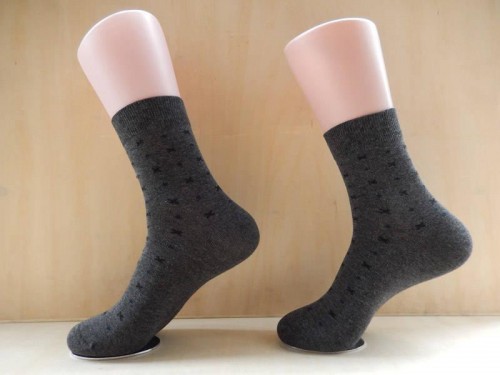
The cotton content of cotton socks is on the one hand. In fact, dyes do serious harm to human body. On the market, socks are colorful, pure, collision, stripe, spot, etc. sometimes, people may find that they will lose color, touch on the skin, and panic. Looking at the dirty water and discolored skin, they will decisively throw away the inferior products and be afraid of harming health.
At present, more than 70% of the dyes used in leather and textiles belong to azo dyes, and even many dyes in food are azo dyes. Azo dyes have no direct carcinogenic effect, but the aromatic amines reduced from azo dyes have potential carcinogenicity to human or animals.
In the long-term contact with skin, azo dyes on textiles are transferred from textiles to human skin under some special conditions, especially when the color fastness is poor. Under the action of human secretions, they undergo reduction and decomposition reaction and release carcinogenic aromatic amines. After being absorbed by human body, human DNA will change, Finally, it causes human diseases and even cancer.

It can be said that the “pure cotton socks” incident is only a microcosm, not only aromatic amines, but also formaldehyde and DMF, which are the hardest hit areas of cancer, and the production of solvent synthetic leather will inevitably produce these substances.
So, is there any good solution? The answer is yes. If we choose environmentally friendly and green fibers in the product selection stage and coloring stage, can we avoid this problem soon?
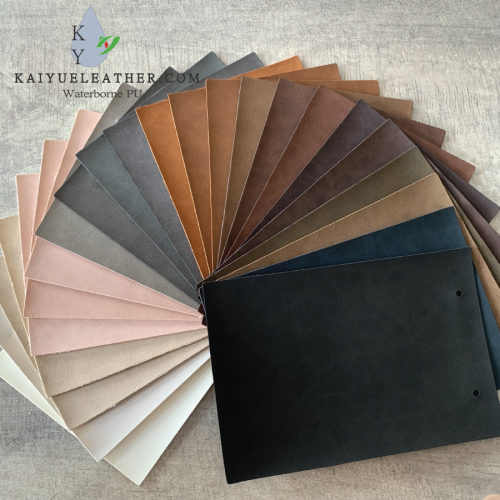
In terms of material, waterborne polyurethane products can ensure complete health, harmlessness and non toxicity, and the harm to human body is 0. They not only have a comfortable wearing feeling and skin friendly feeling, but also a series of products, including waterborne super fiber and waterborne PU leather, have high performance, environmental protection and sustainable development. Among them, the production of water-based PU leather and water-based super fiber uses water instead of organic solvents, does not contain DMF and other harmful chemicals, and has zero VOC emission. It is the highest standard of environmental protection water-based leather at present.
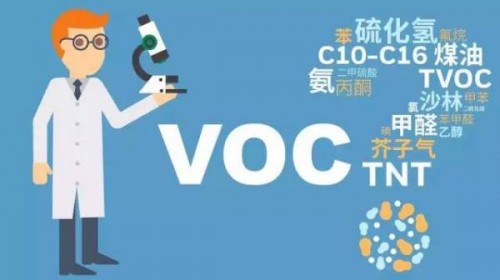
Good socks can absorb sweat, keep warm, alleviate the friction between feet and shoes, and some also have the effects of shock absorption, joint protection and bacteriostasis. Good leather is comfortable and breathable, non-toxic and harmless, has strong elasticity, is safe in production, protects consumers and production workers, complies with the advocacy of sustainable development and promotes the realization of the goal of “carbon neutralization”.
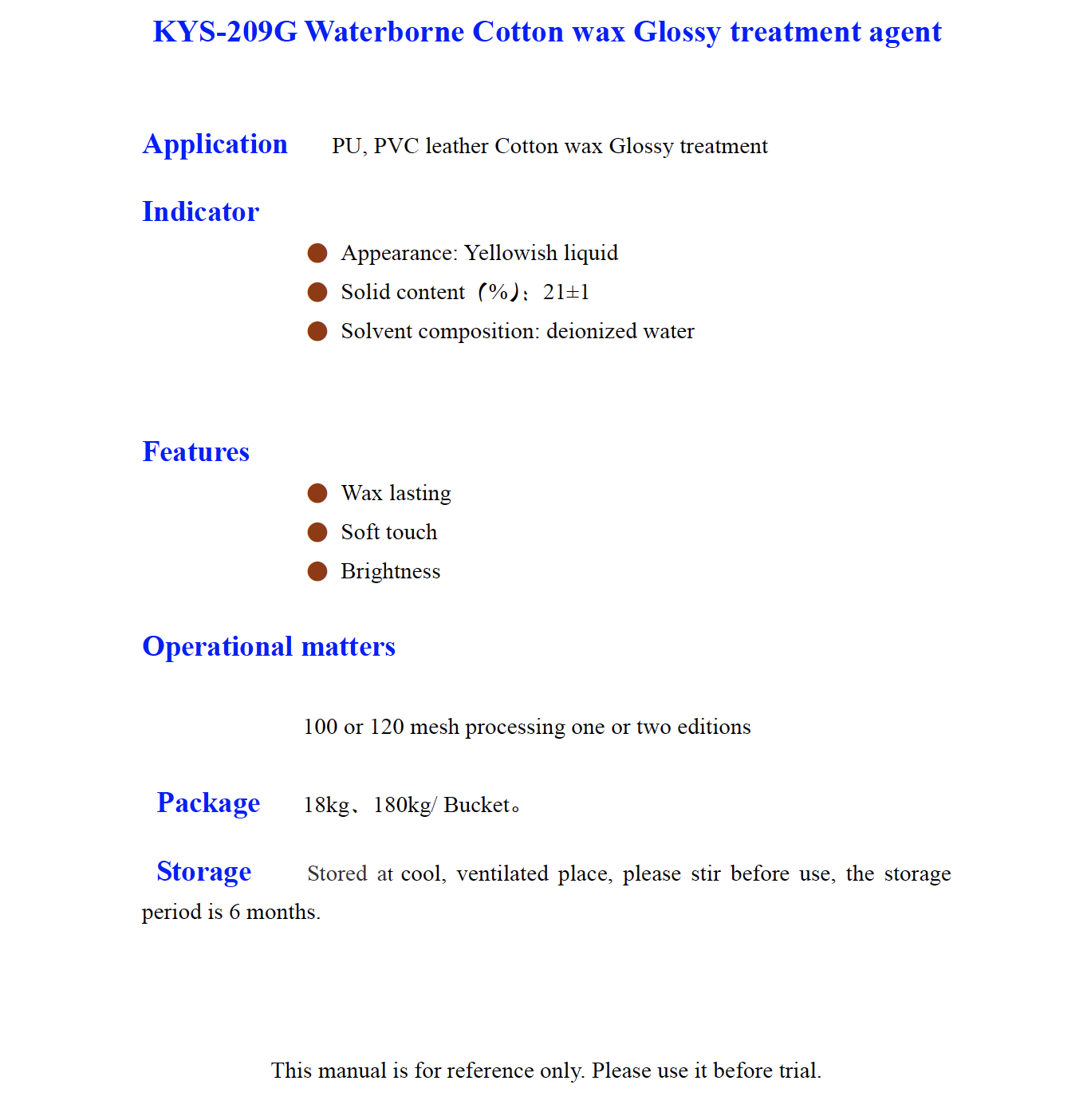 K YS 209G Waterborne Cotton wax Glossy treatment agent
K YS 209G Waterborne Cotton wax Glossy treatment agent
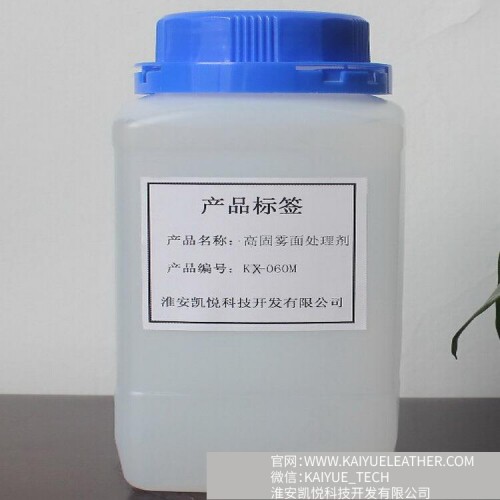 Matte treatment agent for leather surface KX-060M
Matte treatment agent for leather surface KX-060M
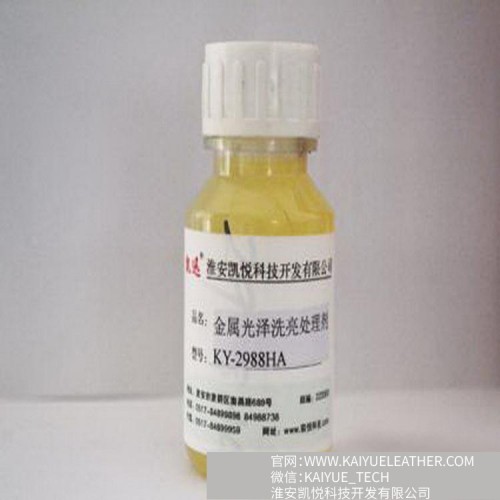 KY-2988HA Leather surface gloss treatment agent
KY-2988HA Leather surface gloss treatment agent
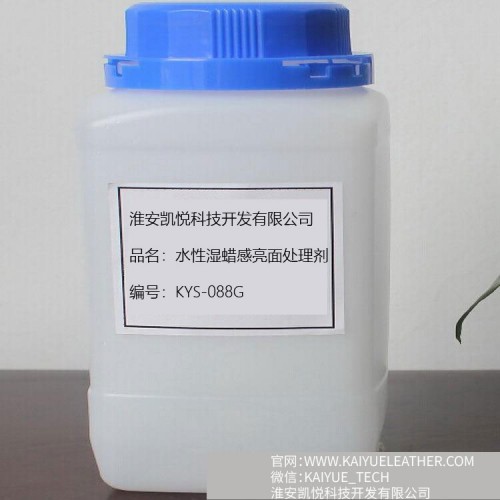 Water-based leather surface treatment agent, Eco-friendly, long-lasting wet wax feel, soft touch, non-slip KYS-088G
Water-based leather surface treatment agent, Eco-friendly, long-lasting wet wax feel, soft touch, non-slip KYS-088G
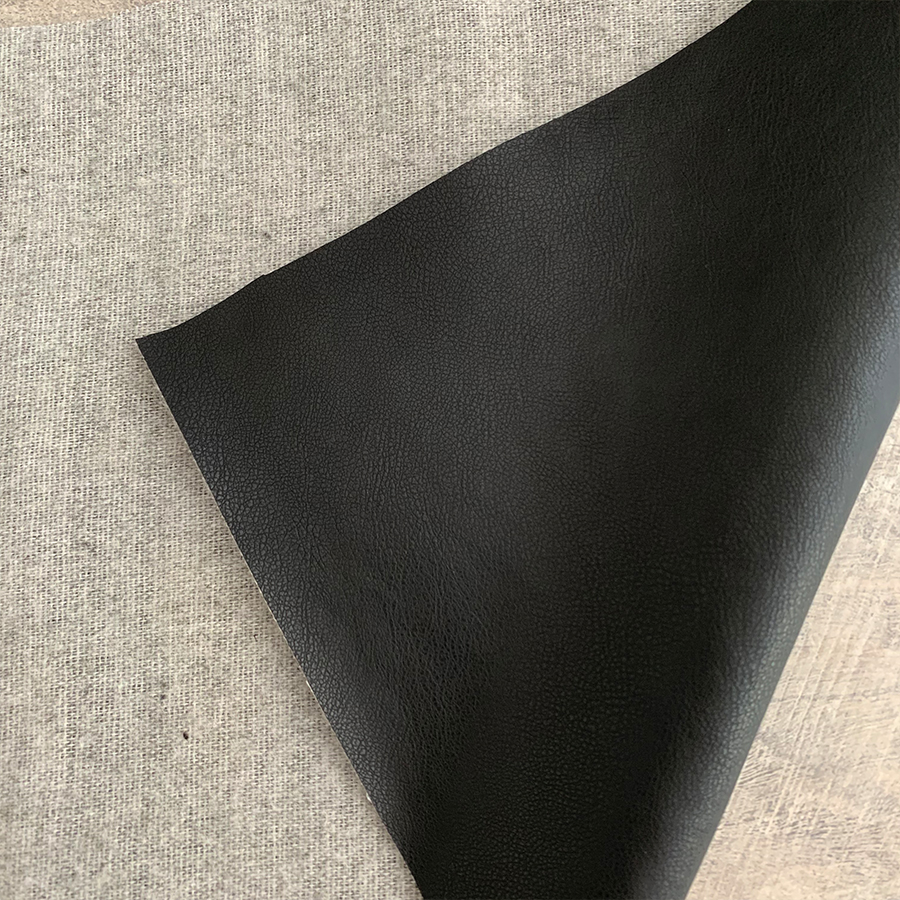 TC- For Garments
TC- For Garments
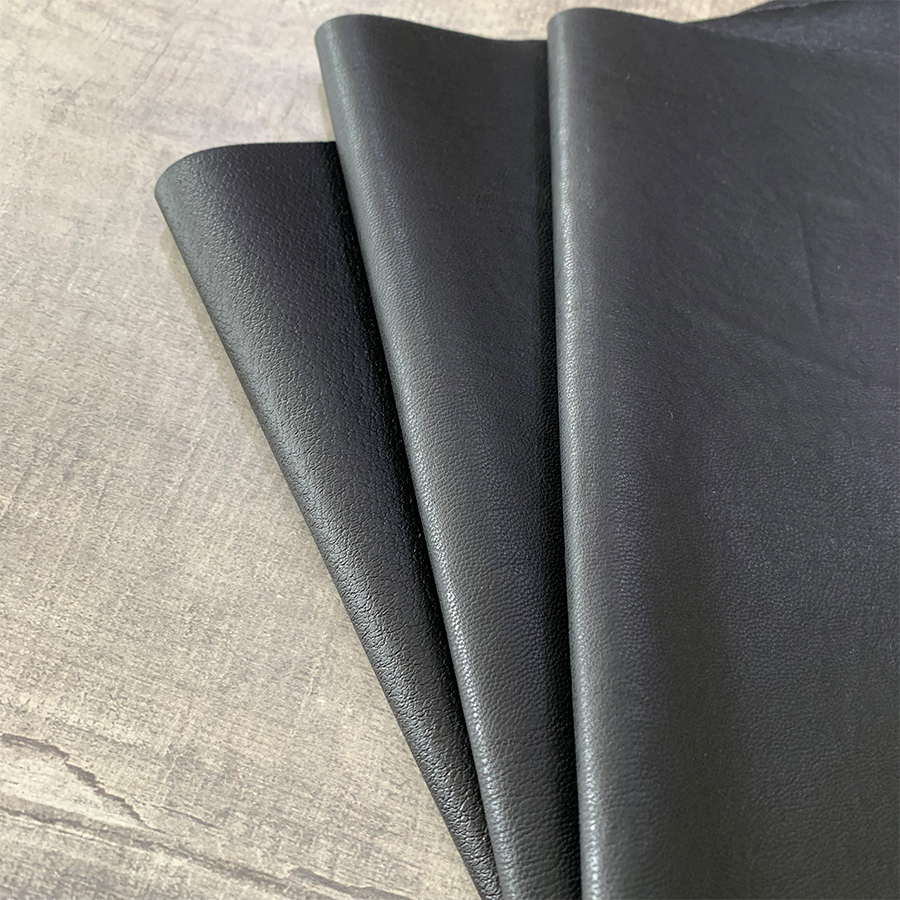 Electronic packaging leather
Electronic packaging leather
 waterborne pu- lollipop
waterborne pu- lollipop
 (中文) 水性超细纤维含浸树脂水性超纤树脂 凯悦科技厂家
(中文) 水性超细纤维含浸树脂水性超纤树脂 凯悦科技厂家